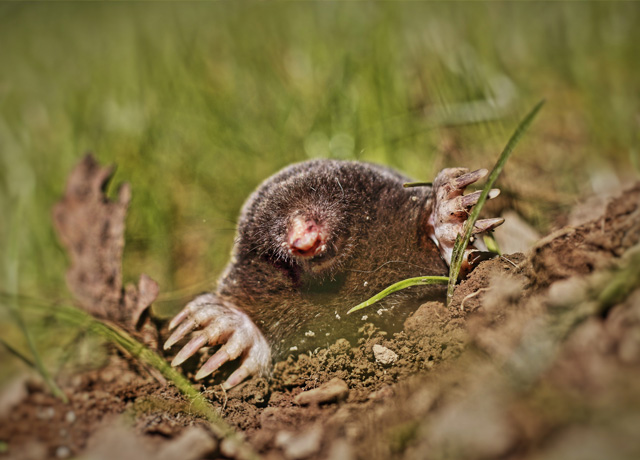GALLERY




As well as mole hills being unsightly they can also be dangerous to humans causing potential trips and falls. There have been a number of cases in the UK where a member of the public has successfully won a court battle against the landowner that has done nothing about their mole problem. Ignorance is not bliss, to show due diligence it is important to get a professional mole catcher in to get rid of moles on your property to prevent any injury to you, your customers or guests.
Mole hills also cause damage to machinery, as the mole hills are often laden with stones and rocks which can cause damage to lawn mowers and other garden machinery, the repair bills could be a very costly experience.
Young plants and trees can also be seriously damaged by the moles tunnelling activity as they will damage the roots often killing them, this will cause you an unnecessary expense by having to replace them whilst also maybe having an unattractive garden in the meantime.
In agricultural scenarios if a mole litters the field with lots of hills it can reduce the available grazing for livestock. Mole hills may even cause injury to your expensive flocks of sheep, or herds of cattle, mole hills are especially damaging to horses and their hooves. Mole hills contaminate silage during the bailing as the baler will inevitably pick up the soil and other contaminants from the mole hill, which commonly causes listeria when the silage is fed to livestock.
Moles are unique creatures that spend their lives underground, constantly digging to hunt and navigate under the earth's surface.
Their digging habits notoriously destroy lawns, gardens and golf courses, frustrating home and business owners. Below, learn more about their habitat, diet, and how to identify mole damage.
Fossorial by nature, moles live and forage underground in broad systems of burrows and tunnels. Because they prefer to dig in soil that is loose and moist, they are most abundant in fields, meadows, orchards and forests with plenty of shady vegetation that provides this type of underground environment.
One solitary mole's range can extend up to 2.7 acres. A mole's underground territory consists of large, complex burrow systems with separate areas for living and for hunting.
Moles are insectivores, eating 70-100% of their weight in worms, grubs and insects each day. In order to hunt down their ground-dwelling prey, moles constantly excavate, leaving behind a series of tunnels. This digging requires a tremendous amount of energy, which may explain the mole's voracious appetite.
A mole's diet consists of large amounts of small invertebrates like:




Please either get in touch using the contact form to the left or, if you prefer, give us a call or email us using the contact details below.
07951 392 424 info@yor-molecontrol.co.uk